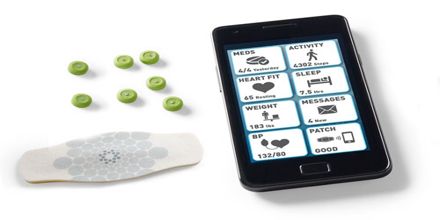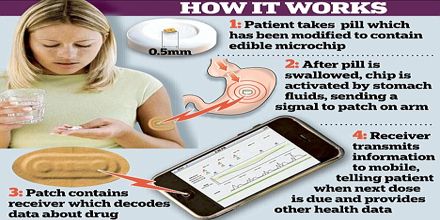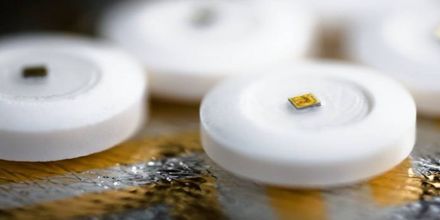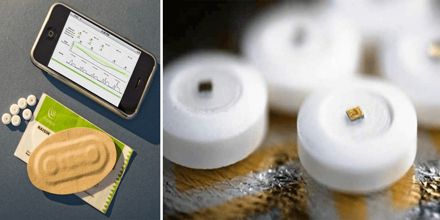Digestible Sensors
Approved in 2011, digestible sensors will continue to provide healthcare professionals with more information about the human body and how various treatment solutions affect each system of organs. A digestible sensor is a sensor that transmits information about a patient to medical professionals to help them customize the care to the individual as well as the care provided to other individuals experiencing similar health conditions or ailments.

This technology would eventually allow an individual to swallow a pill provided by their doctor and skip their physical because the digestible sensors, that look like regular pills, could perform all the same functions a doctor typically handles in a standard physical and then some. Digestible sensors will monitor your bodily systems and wirelessly transmit what’s happening in your body to another device like your smart phone or computer for your own review or the review of your doctor.
How does it work?
The digestible sensors are made entirely of ingredients found in food and are activated on ingestion. These sensors resemble sand grains and are basically made of silicon which is a combination of a wearable patch and an ingestible sensor, which detects physiological data and the medication consumed by the individual. A patch is adhered on the body to sense the body’s behavior and physiological response obtained from the sensors. In addition, the patch also records the heart rate, temperature, activity and rest patterns of the individual. The patch works for approximately 7 days operated by a battery that lasts for approximately the same period.

A mobile device is carried by the individual to display data in context and support care. The sensors detect the precise time and the type of medication administered and this information is under the control of the patient. The digestible sensors do not have a battery, but sensors get their power from the stomach fluids and the body sends the digital signals produced by the sensor.
What are its benefits?
This technology has been tested for many days on patients in clinical trials without reporting any serious adverse events and without causing any interference to other devices used for medical purpose. This innovation can help healthcare team in detecting diseases and conditions in the initial stages and also help constantly monitor the patients wirelessly.

















